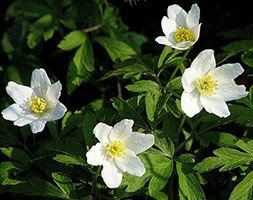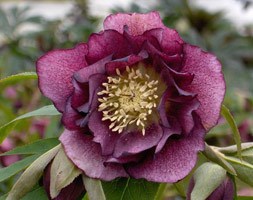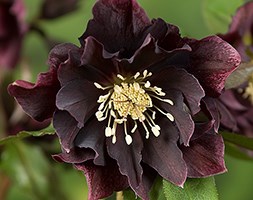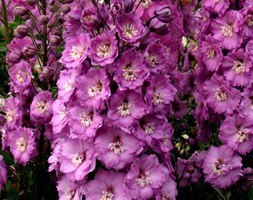Price reductions at Crocus
by Sarah - December 28th, 2014.Filed under: Crocus, Price Reductions.
Crocus reduced the price on these products today
Anemone nemorosa (wood anemone) was £3.99 now £2.99
Position: partial shade Soil: moist, well-drained soil but can cope with drier conditions when dormant in summer Rate of growth: fast-growing Flowering period: March- April Flower colour: white, sometimes flushed with pink Hardiness: fully hardy You can create a stunning carpet of flowers if you plant loads of these around deciduous trees and shrubs. The faintly scented, white flowers are sometimes flushed with pink on the outer petals and their ‘faces’ will follow the sun across the sky. They appear above clumps of feathery foliage just before the trees burst into leaf in spring. When the flowers have finished the leaves die down and disappear in summer while the plant becomes dormant. They will then burst into life all over again the following spring. This is a well deserved recipient of the RHS Award of Garden Merit. Plant with bluebells, as their flowering time just overlaps. Garden care: Protect the plant from slugs and snails in spring when the new growth is emerging. Larger clumps can be divided after the leaves have died down.
Helleborus x hybridus ‘Double Ellen Red’ (hellebore Double Ellen Red) was £9.99 now £4.99
Position: partial shade Soil: heavy, neutral to alkaline soil Rate of growth: average Flowering period: February to April Flower colour: reddish-pink Other features: all parts of the plant cause severe discomfort if ingested; the sap may cause skin irritation Hardiness: fully hardy Heavily spotted, red-pink flowers and dark green foliage, make these perennials a fine addition to winter-themed containers, especially when under-planted with early spring flowering bulbs. Their dainty appearance belies their tough and resilient nature. Garden care: Add lots of well-rotted leaf mould or organic matter to the planting hole. Cut the old leaves back down to the ground in January or February as this will show off the new emerging flowers to best effect. It will also help to get rid of foliar diseases such as Hellebore leaf spot. Apply a generous 5-7cm (2-3in) mulch of well-rotted organic matter around the base of the plant in autumn and provide a top-dressing of general fertiliser each spring. Cut off the seed heads to prevent inferior seedlings colonising.
Helleborus x hybridus ‘Double Ellen Purple’ (hellebore Double Ellen Purple) was £9.99 now £4.99
Position: partial shade Soil: heavy, neutral to alkaline soil Rate of growth: average Flowering period: February to April Flower colour: dark purple Other features: all parts of the plant cause severe discomfort if ingested; the sap may cause skin irritation Hardiness: fully hardy A new introduction with deepest purple petals (the outermost often with a smattering of lighter speckles), surround the spider-like creamy yellow centre. Their brooding colouring adds depth to the planting scheme when mixed with softer shades of pink and lilac. Garden care: Add lots of well-rotted leaf mould or organic matter to the planting hole. Cut the old leaves back down to the ground in January or February as this will show off the new emerging flowers to best effect. It will also help to get rid of foliar diseases such as Hellebore leaf spot. Apply a generous 5-7cm (2-3in) mulch of well-rotted organic matter around the base of the plant in autumn and provide a top-dressing of general fertiliser each spring. Cut off the seed heads to prevent inferior seedlings colonising.
Delphinium elatum ‘Sweethearts’ (New Millennium Series) (delphinium) was £7.99 now £5.99
Position: full sun Soil: fertile, well-drained soil Rate of growth: average Flowering period: June and July Hardiness: fully hardy Heralded as the best pink delphinium, ‘Sweethearts’ produces magnificent spires of large, rich rose pink flowers. It is a sturdy grower that has been given the Award of Garden Merit by the RHS because of its vigour and reliability. Delphiniums are excellent in the mixed or herbaceous border if you want to create vertical interest, and for best effect they should be planted in odd-numbered clumps or drifts. To encourage a second flush of flowers in late summer you should cut the flowered stems back as soon as they have finished. Garden care: For best results, choose an open spot away from taller plants. Stake with bamboo canes as they start to shoot upwards in mid-spring and protect young foliage against slug and snail damage. During the growing season, apply a balanced liquid fertiliser every 2-3 weeks and wearing gloves cut back the faded flower-stems to a flowering side-shoot to encourage repeat flowering. At the end of autumn cut back and compost the faded flower stems.










